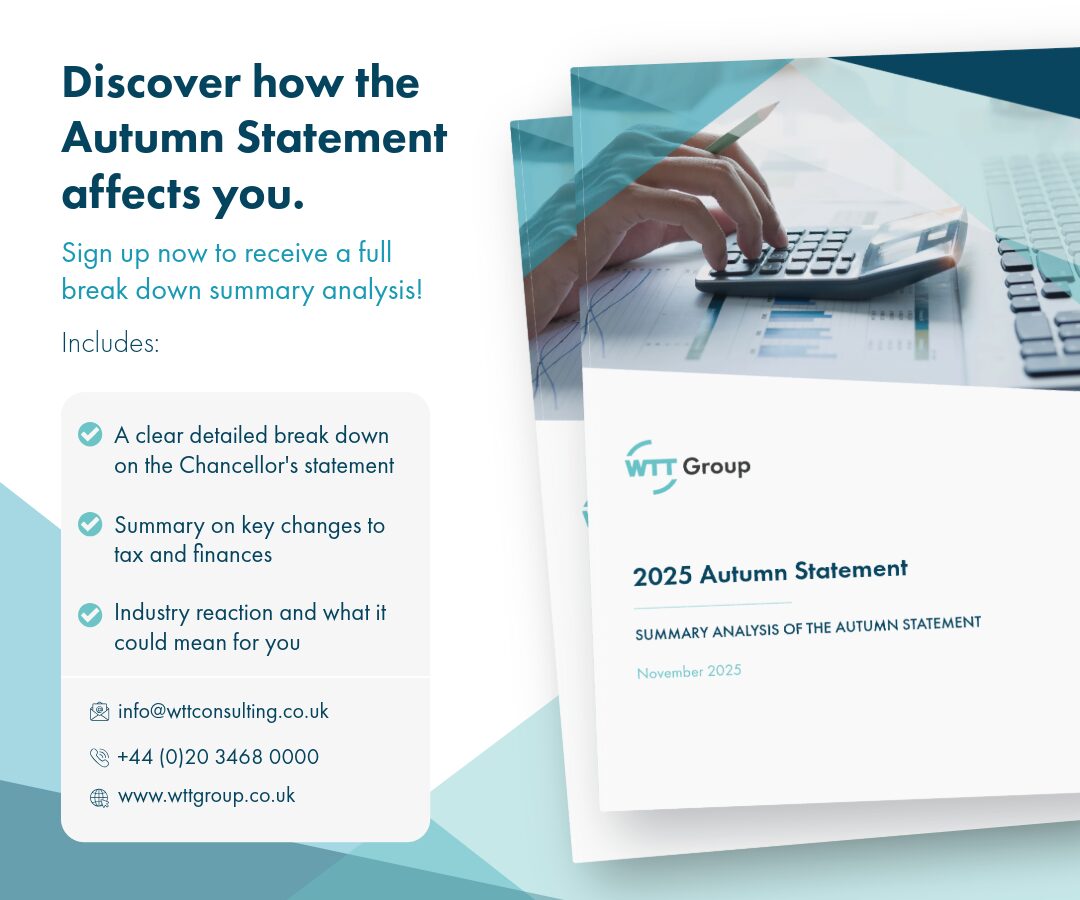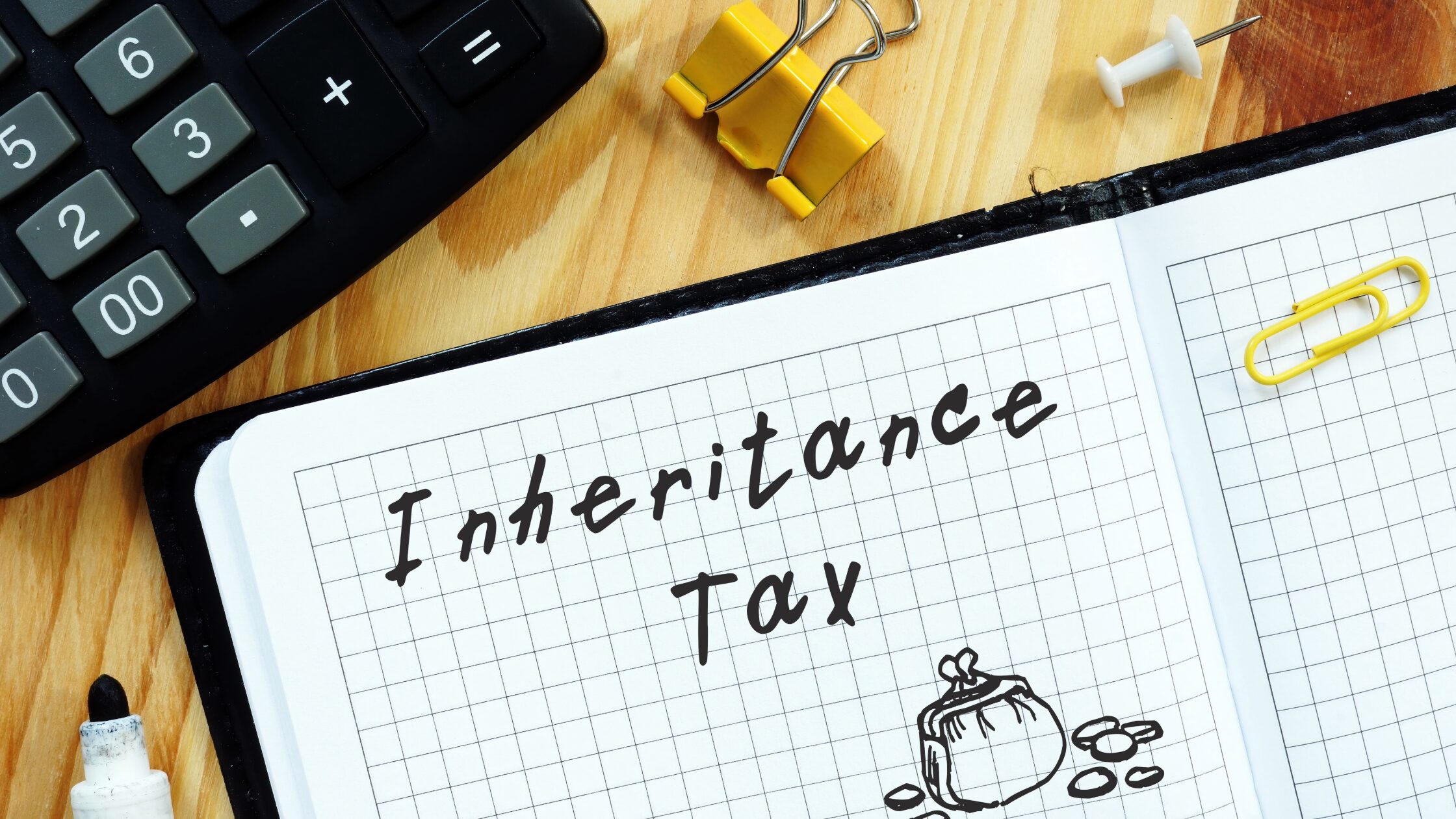Checked & unbalanced
10th December, 2021 I’m often educated by my law trained business partner as to…
Rhys Thomas, Managing Director of WTT Group discusses HMRCs ongoing targeting of tax evasion across the labour supply chain in a recent blog penned for Nutral. WTT works closely with Nutral and its clients to implement compliance frameworks that mitigate the risk of investigation and consequential penalties by HMRC.
Read our blog below.
Those operating in the contingent labour supply chain will be increasingly aware that HMRC has stepped up its rhetoric on tax avoidance and evasion in recent months. The once-disguised strategy to bring greater numbers on to PAYE-style arrangements has now stepped out of the shadows with a clear campaign to streamline contracting arrangements into a more efficient tax system. This has been supported by a series of provisions introduced over a number of years which directly impact the entire supply chain, coupled with a substantial increase in investigations and consequential penalties.
To target what is seen to be widespread non-compliance, HMRC has a number of weapons in its arsenal that continue to be deployed. Throughout this article, we will explore the most prominent provisions and discuss what those operating in the labour supply chain can do to pre-emptively protect themselves from risk.
The first and perhaps most powerful tool is The Criminal Finances Act 2017 (CFA). First introduced in September 2017, having made its way through parliament with minimal public attention or scrutiny, the CFA extends corporate liability beyond the commission or facilitation of tax evasion to include the ‘failure to prevent’ the commission or facilitation of tax evasion.
Importantly, therefore, ignorance is no defence here.
The CFA can be used to penalise companies even where senior management did not know there was tax evasion taking place, did not benefit from the tax evasion, or did not have criminal intent, where it can be shown that someone in the supply chain did. For labour supply chains, this may simply be a rogue employee working at one of the numerous organisations in the supply chain, which then has a disastrous impact on the wider businesses that engage with them.
This statute introduces two corporate criminal offences where a company has failed to prevent the facilitation of tax evasion, either in the UK or abroad. Consequently, HMRC has the power to issue additional, unlimited fines and penalties in addition to requiring the repayment of the taxes deemed outstanding. The CFA confers considerable investigative powers to HMRC and indirectly extends their jurisdiction outside UK borders since the tax evasion does not need to be UK-based. Being that the offence is a “failure to prevent” tax evasion, it requires all businesses to take active and ongoing steps to show that they, and any partners and suppliers they use, are tax compliant.
With long and complex labour supply chains, the UK Construction industry remains particularly vulnerable to attack.
So, what practical measures can you implement to mitigate your risks under the CFA?
A company will not be found liable under the CFA where it can demonstrate with sufficient evidence to HMRC that it has taken the following steps:
Given the above, we are seeing more and more end-hirers require that their supply chain, at tender stage, can evidence sufficient mitigation policies before awarding contracts. It is therefore imperative that you have appropriate systems in place early on to ensure you retain commercial advantage.
Our typical approach is to hold an initial investigative meeting with key stakeholders in the business to understand current procedures. We then make contact with the established supply chain to gather supporting evidence. With any concerns remedied, we will then hold regular training sessions and ongoing verification to maintain compliance. This should be something that all organisations in the industry undertake.
Another area of risk is the incorrect application of rules under IR35 and the Construction Industry Scheme (CIS). By now many will be aware of the CIS and IR35 regimes (if not then feel free to visit our IR35 hub here), but the interaction of the two remains a confusing landscape that we commonly see inviting weakness to the supply chain. It is important that contractors acknowledge that IR35 status must be determined ahead of CIS. We are acutely aware that many, if not most, contractors have a commercial frustration with this, meaning that all too often they cannot get the required team to complete projects. This is particularly prevalent where competitors embrace this risk and offer more CIS roles. However, the risk generated from incorrectly assessing these workers can far outweigh the short-term benefits and it is this legacy risk that often ends acquisition negotiations.
Under IR35, if a worker is deemed to be a disguised employee, then they are required to pay the same amount of tax and National Insurance as if they were an employee. This means that they are not able to take advantage of the tax benefits of operating through an intermediary.
CIS, on the other hand, is a set of tax rules specific to the construction industry. It requires contractors to verify the tax status of their subcontractors and to deduct the correct amount of tax from their payments.
One of the key issues is that IR35 applies to workers who are providing services through an intermediary, while CIS applies to subcontractors who are working directly for a contractor. This means that a worker who is deemed to be a disguised employee under IR35 may also be subject to CIS if they are working as a subcontractor.
This can lead to a situation where a worker is paying both income tax and National Insurance under IR35, as well as being subject to CIS rules. This can be a significant financial burden for workers and can make it more difficult for businesses to attract and retain skilled workers.
To avoid these issues, it is important for businesses in the construction industry to ensure that they are compliant with both IR35 and CIS. This may require a careful review of their supply chains and the way that they engage with workers.
Our work here commonly takes two approaches. For some we will work with the organisation to establish assessment criteria and to provide ongoing training to those administering the status determinations. For many, the outsourced approach is cleaner and more cost-effective, but either way ensuring your determinations are completed by a suitably trained person is a requirement of the IR35 rules. Our website is full of flowcharts detailing how to properly assess and we have a number of helpful videos to ensure this is done correctly. Feel free to reach out for copies.
In addition to CIS, HMRC has also been using data analytics to identify potential areas of risk in the supply chain. This allows them to target their enforcement efforts more effectively. The use of data analytics has been particularly effective in identifying workers who are claiming to be self-employed, but who are in fact operating as disguised employees. Similarly, HMRC continues to claim that it is working with the industry, not against it, to raise awareness of the issue of tax fraud and encourage businesses to comply with the rules. This has included working with trade associations, industry groups, and other stakeholders to promote best practice and to encourage businesses to adopt compliant practices.
It remains the case, however, that most are not aware of their responsibilities and even less know how to manage them.
The solution is significantly simpler than it may appear. Implementing appropriate risk assessments and compliance frameworks require the buy in of your team but can reward the business substantially over the coming years.
With end-hirers becoming more risk averse, if you have effective mitigation strategies in place you will be carrying less risk and be more attractive to do business with. If you are not taking these steps now, you should consider adjusting your policy on compliance.
 Article
Article
10th December, 2021 I’m often educated by my law trained business partner as to…
 Article
Article
2nd July, 2021 Crypto Tax- What can we learn from the US? Introduction The…
 Article
Article
Inheritance Tax (IHT) is one of the most significant considerations in long-term wealth planning,…
 Article
Article
What the Autumn Budget 2025 Means for You Rachel Reeves delivered this year’s Autumn…
 Article
Article
Demystifying Inheritance Tax Misconceptions Inheritance Tax (IHT) is one of the most complex and…
We’d love to hear from you!
Whether you simply have a quick question, or were seeking a more formal conversation to discuss your tax needs, drop your details here and we will be in touch! Alternatively, you can contact us on +44 (0)20 3468 0000.